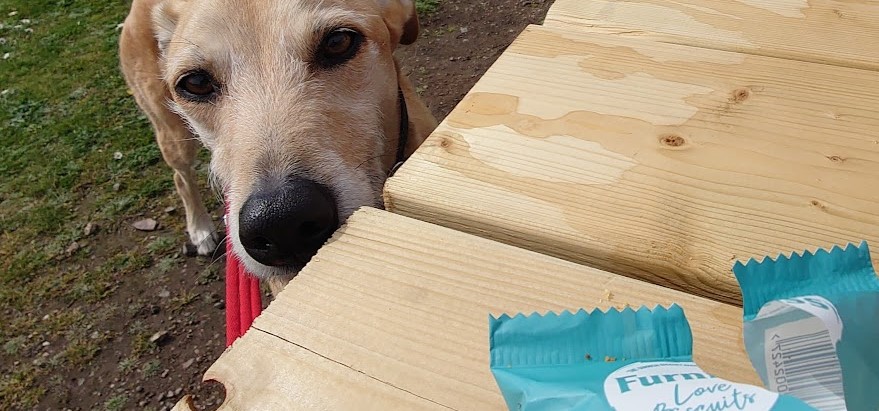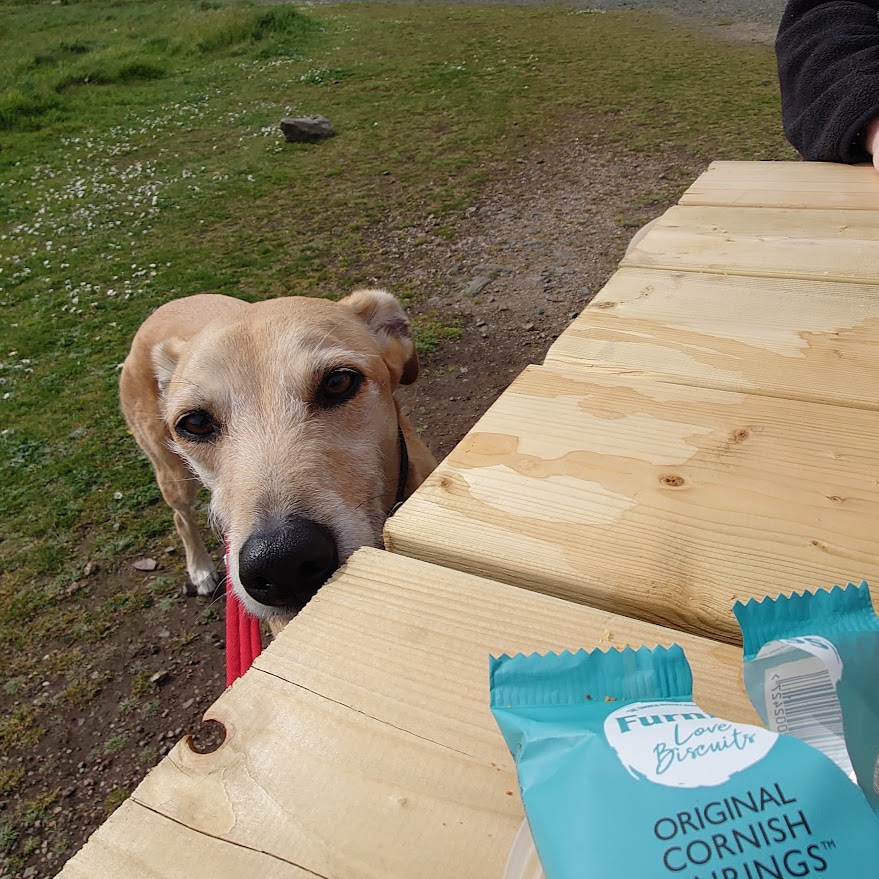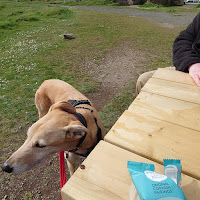Call / 07815 167247
Email [email protected]
Call / 07815 167247
Email [email protected]

The word, NO is powerful ... to humans. I capitalise as a shouty NO on purpose because NO is very rarely said as a quiet 'no' because often it is used in frustration, repeating over again when it doesn't work, building to a crescendo no, no, No, NO!
The key question to ask is what does it mean to our dogs, and how should we use it, if at all.
When with clients, as a bit of fun I will stand facing them and say no, no, no, NO, NO, NO, and so on, usually getting a smile as they try to work out what I am meaning. It's simple ... they don’t have a clue what I am telling them, because there is no information. If I had said it with frustration, they might feel uncomfortable, an awkward fidget, and they might know from the tone of my voice and my body language that I am putting some pressure on them to NOT DO SOMETHING ... but WHAT?
I had a client who used the word NO with their dog for lots of things. Apart from the fact that it wasn't working as the dog was still doing the unwanted behaviour, we needed to think about what it meant, not to her, but to her dog. For this dog the repeating NO seemed to have just become BLAH BLAH BLAH in the background, and only a really shouty NO worked.
She worked at reception in a very posh hotel, so I used that to explain in that moment, and I use this explanation still as I feel it works so well.
Scenario 1 - A family walks in to reception towards some chairs to park their bags and children while they check in. The receptionist shouts at them’NO!’. They stop, look, confused, take a step, ‘NO!’, they realise something is wrong. The receptionist shouts ‘NO!’ again in a more frustrated voice. They look confused. ‘I said NO, NO, NO!’
Scenario 2 - A family walks into reception towards some chairs to park their bags and children while they check in. The receptionist says ‘Please could you sit on these chairs as you will be out of the way of our maintenance team who are painting,’ and indicates some chairs on the other side of the room where the family sit.
What’s the difference?
Information. Pure and simple.

Image credit: unsplash.com/@framesforyourheart
NO does not give any information about what you want your dog to do. Your tone and how you move will show your frustration or anger, and may stop the behaviour. Your dog will learn that you are frustrated with them. They may stop what they are doing. They may realise that doing that thing gets your attention. The one thing that your dog will NOT know is what you want them to do.
That frustration has other implications. Think back to the hotel. In Scenario 1, how do you think the family might feel about that receptionist? They might not come back again, I think. If they have not paid for their stay, those guests might walk out and find somewhere else to stay.
Hell yes, I am human after all, and it is easy to say and slip in to that trap, but on the whole I try to avoid it. That said, there may be times that you need to raise your voice:
The big difference is that we are not angry, it is a short sharp moment that we need to cut through to get attention and then we might follow it up with information.
However, in each of those instances could we have done better by predicting the NO points:
Similar to over-using NO is ignoring your dog, or turning your back. Why? Because again there is little information and it can lead to a huge amount of frustration. Let’s go back to the family, arrived at the hotel, all excited to check in to the hotel and get down the beach, and the receptionist ignores them. How frustrating would that be?
If you give your dog no information at all to understand what they are supposed to do in any given situation, you are likely to build up frustration in your dog, or even anger. You are likely to build up unwanted behaviours such as nipping and biting. And it is a very slow way to train.
Let’s assume we are not talking about the sort of emergency situation mentioned above.
Next time you are tempted to say NO to your dog, stop and think … is there something I could say that would give my dog information to they understand what I would like them to do?
In the photo, Jess is rather interested in the packet of biscuits on the table.
I could say NO, but I could also:
What did I do?
I said all done, and the pictures on the right show that moment. She totally understands, through training, what those words mean. And then I put the packet in my pocket.

